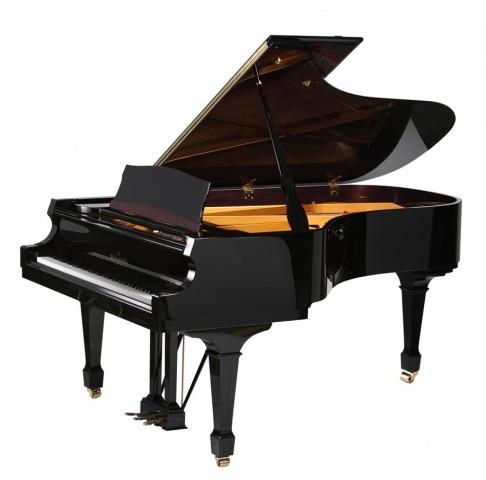One of most prized possessions in many homes across America is their piano. And usually when a home is ready to showcase their piano, they move to the grand piano class.
The most obvious difference between what we call a baby grand and a “regular” grand piano is the size. Sizes typically range like this:
Concert Grand – 9 to 10 feet
Semiconcert – 7 to 8 feet
Parlor – 6’3” to 6’10”
Professional Grand – 6 feet
Medium Grand – 5’6” to 5’8”
Baby Grand – 4’11” to 5’6”
Petite Grand – 4’5” to 4’10”
With size change also comes a variety of other changes as well.
A grand piano’s voice comes from the strings, soundboard, and the quality and workmanship of these parts. The longer the string, the more frequency to resonate from a larger surface area, the more balanced and full bodied the tone.
The smaller the grand piano, the more exaggerated the voice can be, with varying dynamics from octave to octave. For tonal superiority, most pianists look for a full grand, 5’7” or greater when making their final selection.
Cost is often a deciding factor when it comes to selecting a grand piano. Remember, grand pianos are an investment that holds value over time. New and used grand pianos tend to stay in the same price range because of their longevity. Talk with a reputable dealer to find the perfect piano for you.
If you opt for the baby grand because of price, aim for the longest model possible. Some baby grands are mass produced because of the strong desire, and therefore won’t provide the overall sound qualities you are looking for.
Make sure your piano room will have desired moisture and room temperatures. These elements are especially dangerous to grand pianos because of their revealing lids.
And finally, remember that grand pianos take up a large amount of space – around 63 square feet. Make sure you take into consideration doorways and stairwells when measuring your room. And don’t forget to add another two to four feet of space for the bench.



Speak Your Mind